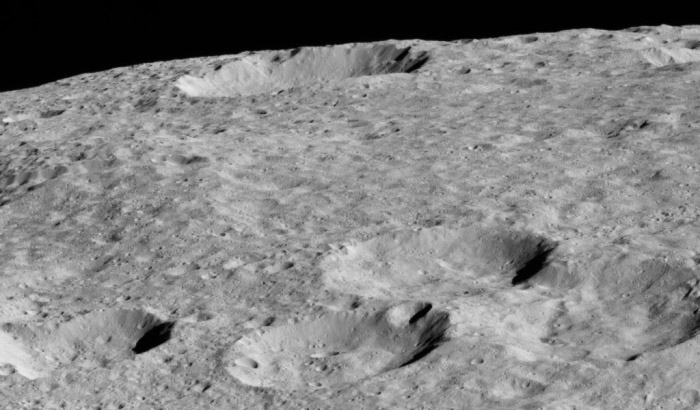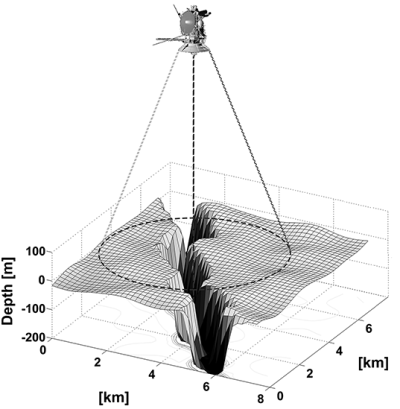Russia’s space station faces funding problems
The Russian space station replacement for ISS, dubbed the Russian Orbital Station (ROS), faces serious budget problems that might delay its launch.
Plans for the post-ISS Russian Orbital Station, ROS, are in limbo, as the nation’s space program has faced budget cuts in 2016. Although the industry has now completed formulating the overall design of the future station, the cash-strapped Roskosmos was yet to approve the formal technical assignment for the development of ROS as of June 2016. The addendum to the Federal Contract, which would fund further development work on the project, has not been issued either.
The ROS project stalled despite being formally approved by three strategy documents governing the current Russian space program: The 10-year Federal Space Program from 2016 to 2025, known as FKP-2025; The Strategy for Russian Piloted Space Flight until 2035 and the Concept of the Russian Piloted Space Flight.
The article also provides a nice overview of how Russia hopes to assembly ROS, partly from new modules and partly from modules they will detach from ISS. The article also made this key point:
According to the current ROS concept, the new Russian station will have a truly unlimited life span, thanks to the possibility to replace any of its modules. (It is practically impossible with the current ISS architecture.) The new Russian station is also designed to operate either as a permanently inhabited outpost or as a periodically visited facility. Russian strategists also hope that the new station will inherit the international nature of the ISS project.
I think Russia is beginning to see the operation of Earth orbital space stations as a profitable niche they can occupy. They know how to do it and already have the technology on hand, and can do it at very affordable prices. Whether they can afford it themselves, however, remains an open question.
The Russian space station replacement for ISS, dubbed the Russian Orbital Station (ROS), faces serious budget problems that might delay its launch.
Plans for the post-ISS Russian Orbital Station, ROS, are in limbo, as the nation’s space program has faced budget cuts in 2016. Although the industry has now completed formulating the overall design of the future station, the cash-strapped Roskosmos was yet to approve the formal technical assignment for the development of ROS as of June 2016. The addendum to the Federal Contract, which would fund further development work on the project, has not been issued either.
The ROS project stalled despite being formally approved by three strategy documents governing the current Russian space program: The 10-year Federal Space Program from 2016 to 2025, known as FKP-2025; The Strategy for Russian Piloted Space Flight until 2035 and the Concept of the Russian Piloted Space Flight.
The article also provides a nice overview of how Russia hopes to assembly ROS, partly from new modules and partly from modules they will detach from ISS. The article also made this key point:
According to the current ROS concept, the new Russian station will have a truly unlimited life span, thanks to the possibility to replace any of its modules. (It is practically impossible with the current ISS architecture.) The new Russian station is also designed to operate either as a permanently inhabited outpost or as a periodically visited facility. Russian strategists also hope that the new station will inherit the international nature of the ISS project.
I think Russia is beginning to see the operation of Earth orbital space stations as a profitable niche they can occupy. They know how to do it and already have the technology on hand, and can do it at very affordable prices. Whether they can afford it themselves, however, remains an open question.



